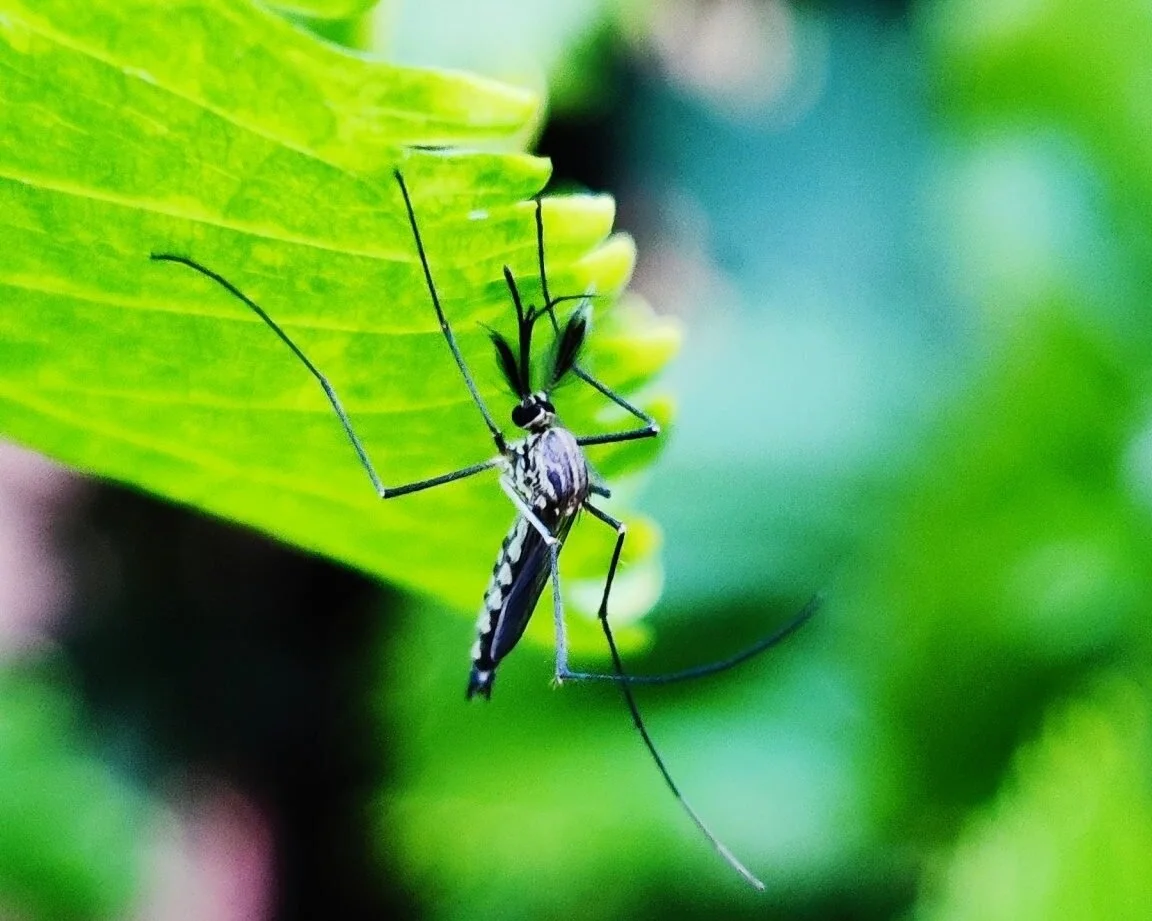Vanessa Nakate is a 24-year-old Ugandan climate justice activist. Nakate began her climate activism in Dec. 2018 due to concerns around the unusually high temperatures in Uganda. She began protesting on her own outside the gates of the Parliament of Uganda in Jan. 2019 to call for the protection of the Congo rainforest, which is facing immense deforestation. Nakate founded the Youth for Future Africa, now called the Rise Up Movement, which aims to tell African climate activists’ stories. Nakate has also been working on the installation of solar panels and institutional stoves in schools to reduce the amount of firewood the schools are using.
Climate change will bring mosquito-borne diseases to new regions
After a season that saw climbing mosquito populations, mosquito presence in the United States is beginning to decline.
As the summer’s record-breaking heat and storms led to above-average rainfall, mosquitoes were able to proliferate successfully. Ideal conditions for mosquitoes feature rainfall that produces pools of water in which they lay their eggs, according to an Environmental Protection Agencies study published in 2021. Mosquitoes also prefer humid conditions, which will intensify as climate change worsens. According to a 2018 release from Climate Central, a climate reporting resource, for every 1 degree Fahrenheit of warming, the humidity will increase by about four percent.
Google launches new wildfire mapping feature
The apocalyptic orange and hazy skies of the United States’ west coast serve as a reminder to the American public of the annual wildfire season, often peaking in September and October. To alert wanderers and provide relief to those affected, Google announced a plan to launch a new Google Maps filter that would show users the location of active wildfires surrounding them. Vanessa Schneider, who works with Google’s crisis response team, told the Mountain West News Bureau that Google Maps would show all major fires throughout the globe. For the United States, the feature will be able to track smaller wildfires due to the data provided by the National Interagency Fire Center, a Boise-based organization and public fire database.
Climate change will bring mosquito-borne diseases to new regions
Climate Activist Spotlight: Vanessa Nakate
Vanessa Nakate is a 24-year-old Ugandan climate justice activist. Nakate began her climate activism in Dec. 2018 due to concerns around the unusually high temperatures in Uganda. She began protesting on her own outside the gates of the Parliament of Uganda in Jan. 2019 to call for the protection of the Congo rainforest, which is facing immense deforestation.
Google launches new wildfire mapping feature
The apocalyptic orange and hazy skies of the United States’ west coast serve as a reminder to the American public of the annual wildfire season, often peaking in September and October. To alert wanderers and provide relief to those affected, Google announced a plan to launch a new Google Maps filter that would show users the location of active wildfires surrounding them.
Miller Worley Center kicks off Campus Waterways Visioning series
The Connecticut River Watershed flows from the New Hampshire-Canada border all the way to where it meets the ocean on the Connecticut coast. Towards its southern border lies Stony Brook, one of the river’s distributaries that flows through the Mount Holyoke College campus. The entirety of the Stony Brook Watershed has only four impoundments, or dams — three of which are located here on campus.
College green spaces are an integral part of student wellness
The lush botanical gardens, lakes and hillocks stitching together the buildings at Mount Holyoke provide spaces for students to decompress, take part in age-old traditions and build new memories — all integral parts of one’s academic experience. Green spaces, like those mentioned above, are recreational areas, which the EPA website says aim to “enhance the beauty and environmental quality of neighborhoods.” The Enrollment Services branch of EAB, a technology and research oriented firm formerly named the Educational Advisory Board, shows that green spaces affect students’ college decisions.






